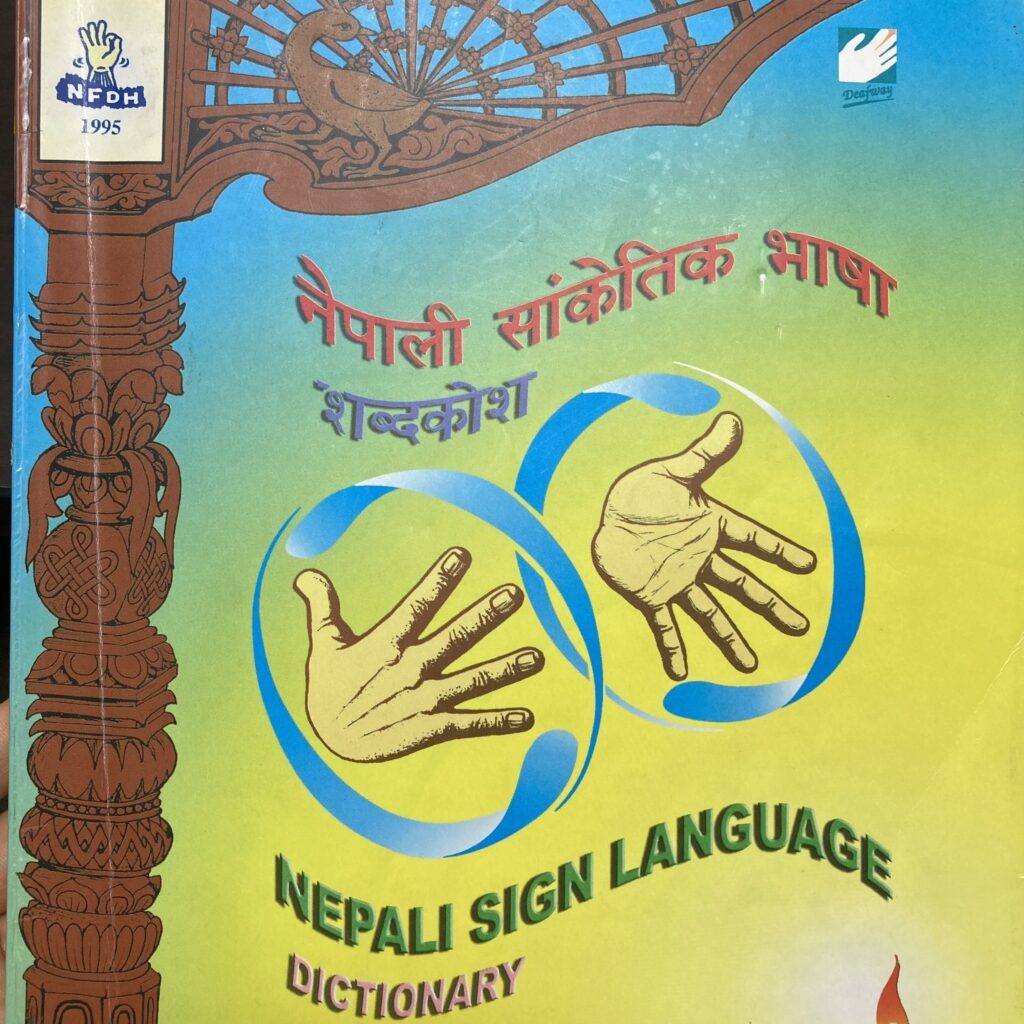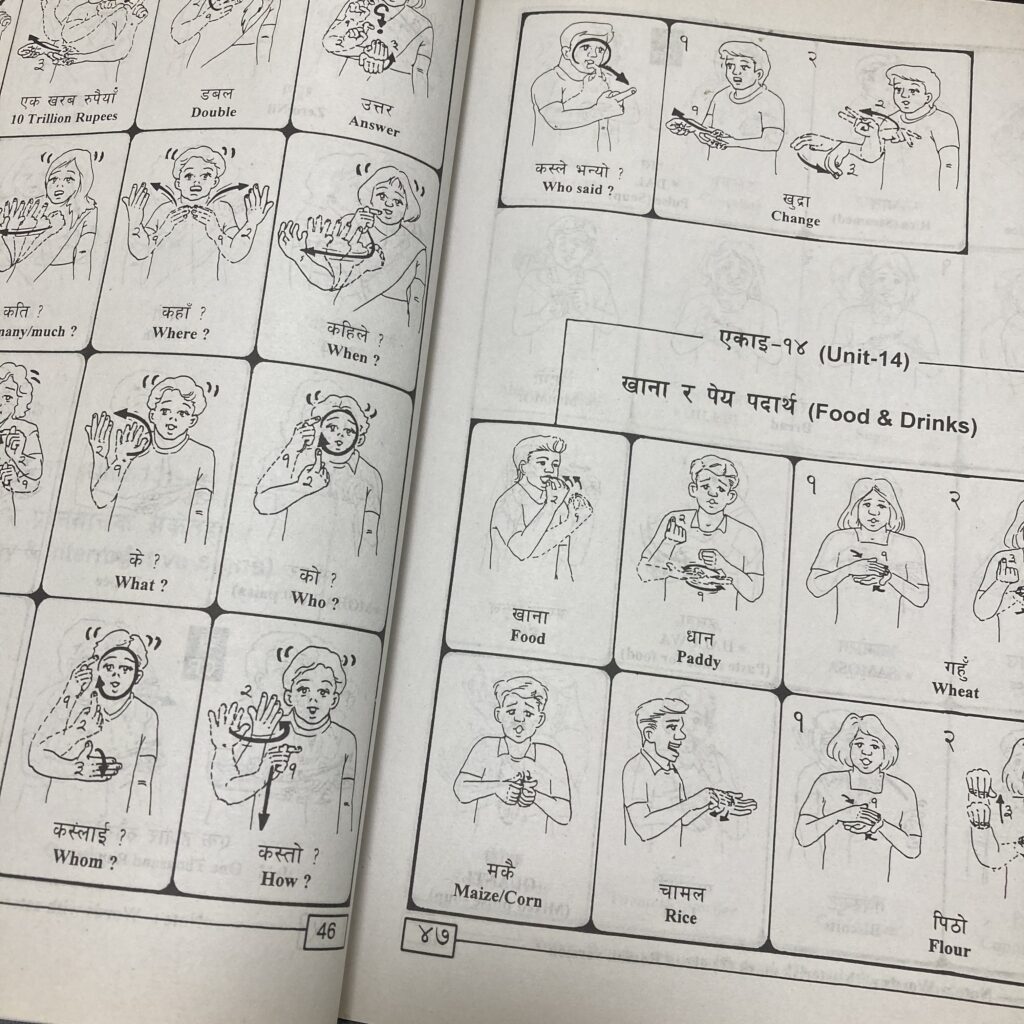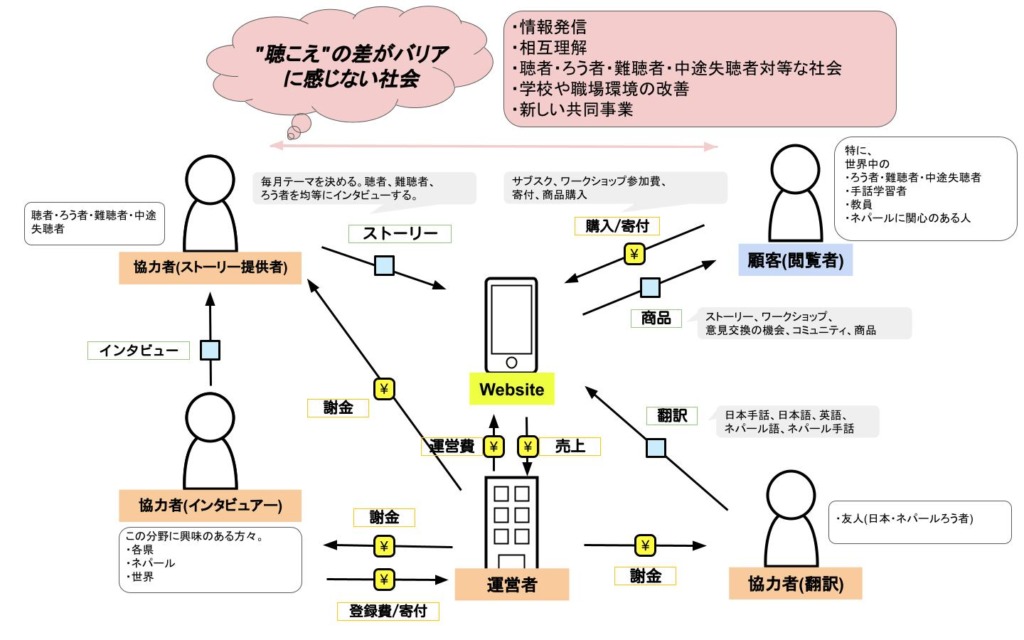Why Nepal?


First of all, let me start with a question. Have you ever experienced a situation where you thought you could communicate anywhere in a language you speak, but it turned out you couldn’t? A common example is when English-speaking people visit France and find out that the French do not speak English at all, even at tourist spots or restaurants. I apologize for this weird question but how did or would you feel when you are in such a situation?
happy? sad? scared? anxious? panicked?
In my case, I felt very happy.
In January 2020, I was doing an internship as an English teacher at a school called YouMe School in the town of Biratnagar, Nepal.


Well, let me also tell you this, why did I choose Nepal despite being Japanese? I feel shy to reply but to cut it short, it was because my girlfriend is from Nepal, a Nepalese student in the US. Now, let’s get back to the main storyline. One day, Anmol, a fourth grader and one of my students there requested me, “Sir, wouldn’t you please visit my house?” and I gladly accepted.

When I visited his house, I also met two other students named Jenisha and Jenish who were living together with his family. Since my apartment was closed, we started playing football, biking, and even studying together. One day, when I visited his house again, I heard from behind the door somewhat like a high-pitched voice, “Ah…!”. When I entered in, I saw Anmol and a woman whom I assumed to be his mother. They seemed to be conversing but Anmol was silent, instead, he was gesturing with the woman and so was she repeatedly uttering the same high-pitched voice. Anmol noticed me and asked me to sit. He then introduced her to me, “Sir, she is my mom.” Then, she immediately put her palms together, smiled, and greeted me with “Namaste” (Namaste = Hello) without voice. I also greeted her back with Namaste and started introducing myself in English as usual. She looked at Anmol instead of replying to me and she nodded and smiled each time Anmol moved his fingers. Then Anmol told me, “My mom is deaf. She can’t hear and speak. So, we talk in sign language!” I was very impressed and surprised to find him bright in the smooth use of sign language although he was not quite a bright student at school. From that moment on, I also started using natural gestures to talk with his mother. A few minutes later, he left for some errands leaving us. Then she showed me a yellow book which was a Nepali sign language (NSL) tutorial book.


It showed pictures with NSL along with English meanings. So I used it to communicate and within a few minutes, both of us were able to laugh and talk without any inconvenience. On that day, I realized the “fun” of being able to interact across barriers of language, age, race, gender, religion, and disability. That was my first encounter with a deaf person in Nepal.

I later found out that Anmol’s father and the parents of the other two’s were also deaf. However, I had a lot of fun with them; enjoying delicious food, riding a motorbike to buy alcohol with his dad, drinking and getting drunk together with the fathers, and learning sign language with the mothers (One of them was a teacher at a deaf school), visiting her local deaf school, celebrating the festival called Holi and so on. Even after I returned to Japan, we contacted via video calls which encouraged me to open and learn the Nepali sign language book daily.

By the way, do you all remember the song “Dancing Inside the Room” by Gen Hoshino (One of the best Japanese singers)? It was a wonderful song that energized the world when it was going through the corona pandemic. One day, Ginn, a Japanese Youtuber who loves Nepal, uploaded a Nepali version of “Dancing Inside the Room”. When I saw that,
I wanted to dedicate that song to the Nepalese deaf too!
So I asked Anmol and my deaf friend Sunita to help me create an NSL version, and we uploaded it on Youtube and shared it on Facebook. Then to my surprise, thousands of Nepali Sign Language speakers watched it leaving so many positive comments and Likes beyond my expectation.
That inspired me to get close to my Nepalese deaf friends.
From then on, I got in contact with more deaf Nepalese friends through Facebook via texts and video calls. There they shared with me their personal experiences, struggles, challenges, dreams, regrets, and so on. It continued and one thing stuck in my mind after knowing their stories and that was;
“Since I am deaf, I have no job.”
Nepal is economically one of the poorest countries in Asia where the daily income is estimated to be around $1-$10. However, it varies greatly on the basis of region, caste, and the nature of work and there is a vast gap between rich and poor. In addition, the unemployment rate is high and it is difficult for even normal people to get jobs. So, people often quit school and prefer going abroad, especially to Gulf countries to work and earn as hard laborers. Under such a circumstance, it is easy to imagine that deaf Nepalese do not have many employment opportunities.
Then, what should I do? Send money?
Certainly not! if I did send the money, their need can only be met for some days and not for a lifetime. In fact, I was asked by some to do so but I never did it really because If I failed to do so in the future, they would just turn to another person for help. As a result, they wouldn’t try to be independent and become sluggish. In this context, I remembered a Chinese maxim that I would like to mention here that goes;
“Give a man a fish and you feed him for a day. Teach a man to fish and you feed him for a lifetime”.
So, I want to do something more than just give fish by making the most of our strengths together. Thus, I decided to start a project and came up with this model which is small but sustainable and beneficial. And I hope, it will help deaf Nepalese to grow up in improving their skills along with earning a bit.

I am confident that we can steadily move ahead step by step together even if we cannot get immediate results or create employment opportunities for many. In this project, we ask you to provide your own experiences, thoughts, and stories related to “ears”, and post them in multiple languages (Japanese, English, Nepali, Japanese Sign Language, Nepali Sign Language). So far, by communicating with deaf Nepalese during the peak of the COVID-19 pandemic, I have known a lot that everyone there has diverse stories, interests, dreams, and goals. I think it would be more effective if people from other countries besides Japan and Nepalese also showed their interest in this project so that everyone’s attention to this hearing-related field help it to expand globally and which I believe will result in achieving a world where everyone smiles together regardless of hearing loss.
In order to make this project work, the following three Nepalese friends come to my mind. Well, let me introduce them.
Aruna Chhantyal

She is one of my first Nepali deaf friends, who is fantastic in language ability. She can read and write in Hindi, English, Nepali, and a Nepali dialect. She loves reading and writing literature. She is creative and energetic enough to publish her own books on Amazon. She suffers from muscular dystrophy that has caused weakness in her lower body making her wheelchair-bound. She also lost her hearing in her later years due to other complications and now is hard of hearing. I got impressed with her creations and friendly attitude which made it easier for me to ask her for help. In this project, she is responsible for translating web pages and stories into English and Nepali.
Suneeta Thapa

She is the one I mentioned above, who helped me make the NSL version song. As a deaf woman, she came to Japan for about a year under the Duskin Leadership Development Program for Persons with Disabilities. During her stay, she mastered Japanese Sign Language and has been actively working for the Nepalese deaf community after returning to Nepal. She has also been interviewed on BBC News, a major news media in Nepal, and is great at delivering her messages to the public. She also has a strong desire to form an organization in the future to help people with hearing disabilities as well as others. In this project, she is responsible for translating stories into Nepali and Nepali Sign Language and holding workshops for Japanese sign language learners.
Kishan Rana Magar

He is one of my best Nepali friends who encouraged me with great inspirational messages. He is hearing and is a computer engineer-teacher for college students at Dhaulagiri Deaf Residential School. He also lived in Japan for about 3 years in the past and so, has a good knowledge of Japan as well as Japanese skills. In this project, he helps us in many ways; sharing information about his deaf school, teaching Nepali sign language, interpreting NSL, and planning tie-up projects with his students.
In conclusion, I hope this long article clarifies my passion and the reason for starting this project. Of course, it’s still just my desire because I love Nepal and Nepalese, and also I want to settle in Nepal someday. And I also believe that my passion will encourage you to be willing to help us in any way you can.
I want to make many deaf Nepalese happy, gradually making progress for our main goal: a world where everyone smiles together regardless of deafness and hard of hearing.
